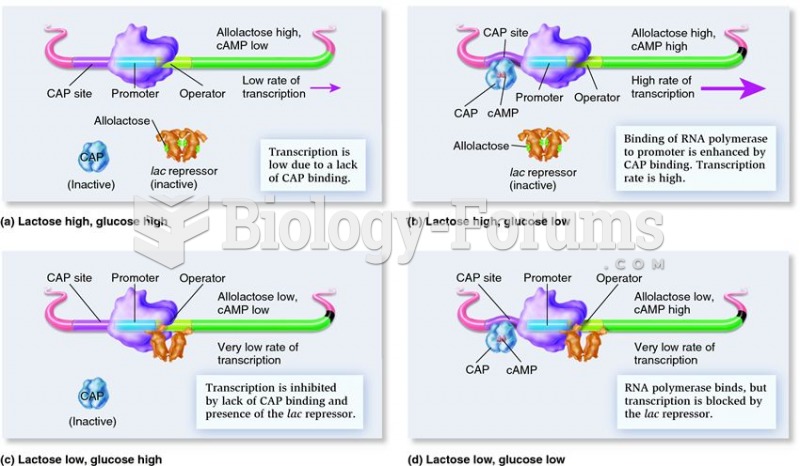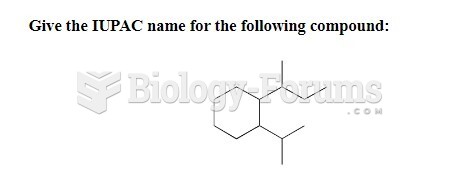Identify the given compound.

a.
lactose
b.
maltose
c.
sucrose
d.
maltose
Question 2The textile cellulose acetate is produced by treatment of cellulose with acetic anhydride. What type of functional group is introduced on the cellulose under these conditions?

Question 3The textile rayon is produced by treatment of cellulose with carbon disulfide in aqueous sodium hydroxide. What type of functional group is introduced on the cellulose under these conditions?

Question 4What are the major organic products obtained from treatment of a methyl glycoside with periodic acid in water?

Question 5What are the major organic products obtained from treatment of a 1,2,3-triol with periodic acid in water?

Question 6What are the two major organic products obtained from treatment of an -hydroxyketone with periodic acid in water?

Question 7What is the major organic product obtained from the following reduction of glucose?

Question 8What is the major organic product obtained from the reaction of glucose with glucose oxidase?

Question 9What are the two major organic products obtained from the following reaction? What is the relationship between them? (What type of isomers are they?)

Question 10Complete the structure on the right so that it represents the pyranose form of the carbohydrate shown on the left as a Fischer projection. Place the substituents carefully so that their position in axial or equatorial positions accurately reflects the stereochemistry of the carbohydrate.

Question 11Complete the structure on the right so that it represents the pyranose form of the carbohydrate shown on the left as a Fischer projection. Place the substituents carefully so that their position in axial or equatorial positions accurately reflects the stereochemistry of the carbohydrate.

Question 12Refer to the equilibrium below to answer the following question(s).

The correct name for the cyclic structure is_________________
_________.
Question 13Refer to the equilibrium below to answer the following question(s).

The anomer of ribose is drawn is _______. (alpha or beta)
Question 14Refer to the equilibrium below to answer the following question(s).








